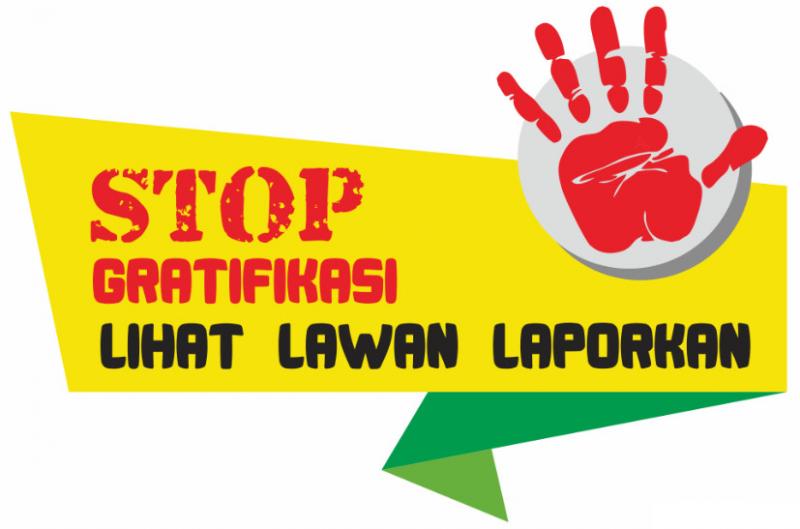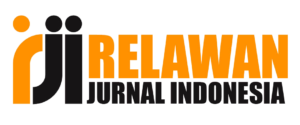FamArch (Family Archive) Innovation Management of Digital-Based Active Family Record
DOI:
https://doi.org/10.46836/jk.v17i1.230Abstract
Indonesia as one of the countries in Southeast Asia is known to be rich in various natural resources and human resources. In addition, Indonesia is also experiencing technological progress by entering digital disruption. The existence of technological sophistication in this modern era can be an innovation to help human work, for example in the field of archives. One of the innovations from researchers is in the field of active family archives through the digital-based FamArch (Family Archive) application. The purpose of this research is to know the digitization process, how to operate the features in the FamArch application, to find out the advantages and disadvantages, and maintenance in the FamArch application. The type of research used is qualitative research. Data collection techniques using literature studies and data analysis techniques are qualitative. The result of this research is that FamArch can be an innovation in digitizing active family archives. This is evident from the results of research showing that family archives can be managed digitally through FamArch so that family records can be organized systematically.
References
Peraturan Perundang-Undangan
Republik Indonesia. (2009). Undang-Undang Republik Indonesia Nomor 43 Tahun 2009 tentang Kearsipan. Lembaran Negara RI Tahun 2009. Jakarta: Sekretariat Negara.
Republik Indonesia. (2021). Peraturan Arsip Nasional Republik Indonesia Nomor 6 Tahun 2021 tentang Pengelolaan Arsip Elektronik. Berita Negara RI Tahun 2021. Jakarta: Arsip Nasional RI.
Buku dan Jurnal
Ardiningsih, S. (2019). Transformasi Ekonomi Berbasis Digital di Indonesia. PT. Gramedia Pustaka Utama.
Beranda Agency. (2011). Do Anything with Google. PT. Elex Media Komputindo.
Dienillah, A. F., Octaviani, A., & Dewi, P. (n.d.). UPAYA PENYELAMATAN INFORMASI MELALUI PROSES PEKALONGAN.
Firly, N. (2019). Android Application Development for Rookies with Database. PT. Elex Media Komputindo.
Haryatmoko. (2020). Jalan Baru Kepemimpinan dan Pendidikan. PT. Gramedia.
Muhidin, S. A. (2016). Pengelolaan Arsip Digital. 425–426.
Rosalia, S. (2017). Manajemen Arsip Dinamis. UB Press.
Sampurnaningsih, S. R., Suharyadi, A., & Rusnaeni, N. (2021). Analisisi Efisiensi Penggunaan Data Berbasis Digitalisasi Dan Keamanan Arsip pada PT Angkasa Pura II Jakarta Periode 2019 – 2020 ( 24 Bulan ) ( Studi Kasus Dimasa Pandemi Covid-19 ). 8(2), 95–101.
Sugiyono. (2018). Metode Penelitian Kuantitatif, Kualitatif, dan R&D. Alfabet.
Wadi, H. (2020). Pemrograman Android untuk Pelajar dan Mahasiswa. TR. Publisher.
Wardhani, M. O. (2021). Urgensi Preservasi Informasi dalam Konteks Arsip Keluarga. Kajian Ilmu Informasi Dan Perpustakaan, 2(2).
Zakariah, M. A. (2020). Metodologi Penelitian Kualitatif, Kuantitatif, Action Research, Research and Development (RnD). Yayasan Pondok Pesantren Al Mawaddah Warrahmah.
Web Page
Dorimulu, P. (2021). Indonesia sedang Menikmati Bonus Demografi. Berita Satu. https://www.beritasatu.com/ekonomi/740489/indonesia-sedang-menikmati-bonus-demografi
Nasional, B. P. S. (2020). Sensus Penduduk (Jumlah dan Distribusi Penduduk) Tahun 2020. Badan Pusat Statistika Nasional. https://sensus.bps.go.id/main/index/sp2020
Sumarni, S., & Mardhiah, N. (2021). Digitalisasi Arsip Kepegawaian Pada Kantor BPKD Kabupaten Aceh Barat. COMSERVA Indonesian Jurnal of Community Services and Development, 1(8), 426–433. https://doi.org/10.36418/ comserva.v1i8.63
Downloads
Published
How to Cite
Issue
Section
License
Copyright (c) 2022 Silvi Sitaviana

This work is licensed under a Creative Commons Attribution-NonCommercial-ShareAlike 4.0 International License.












